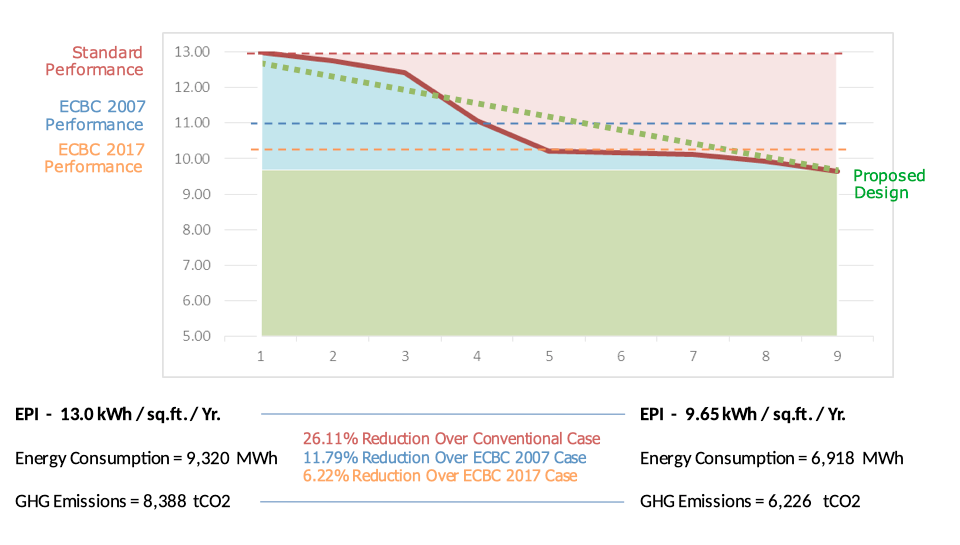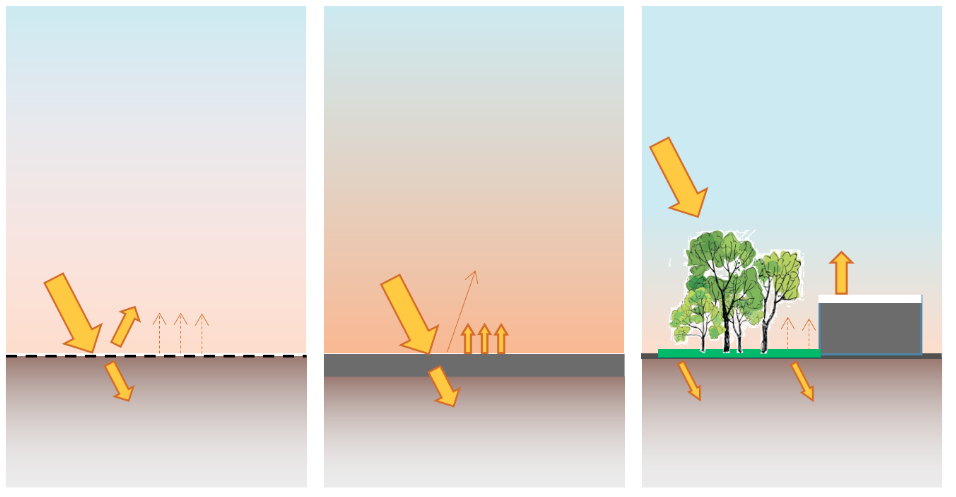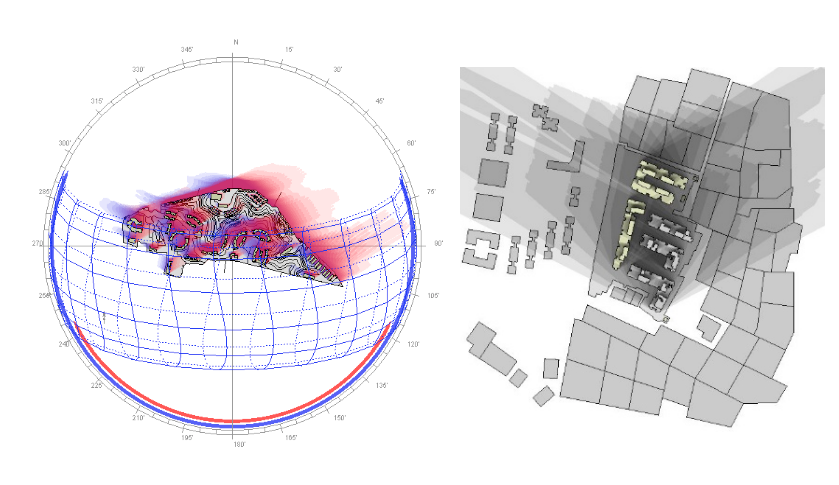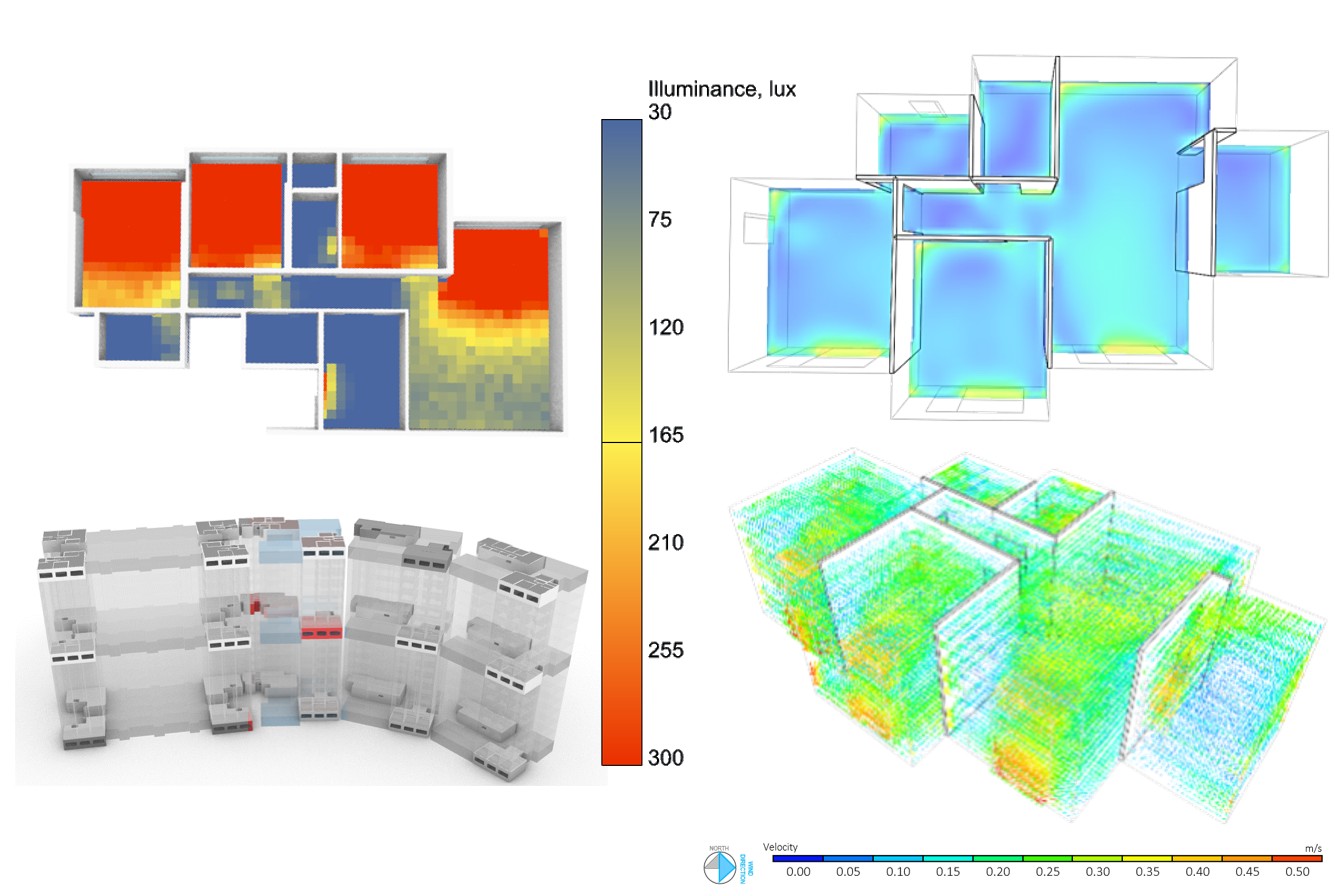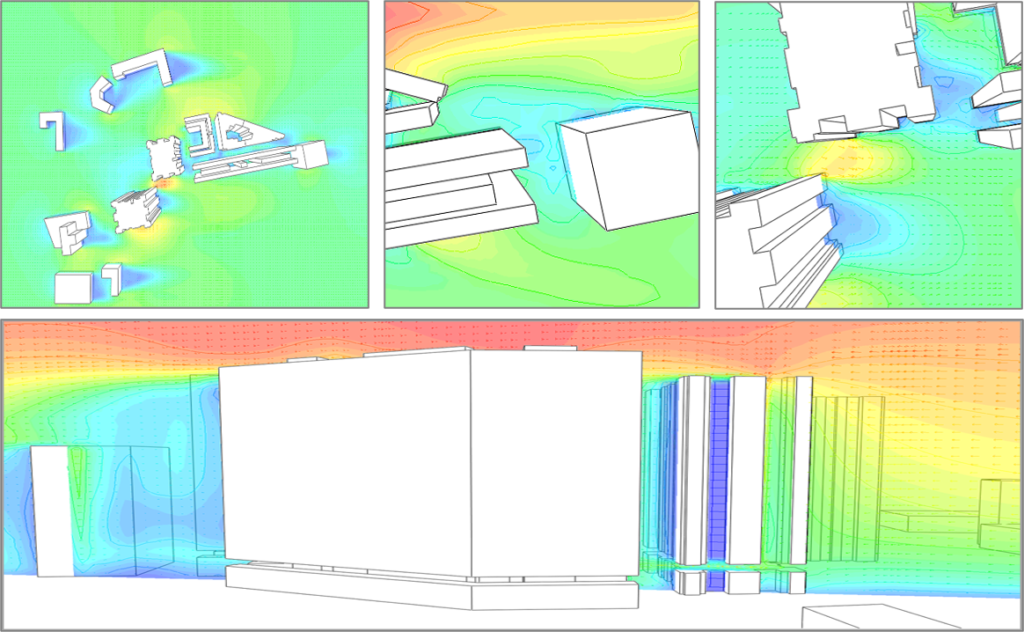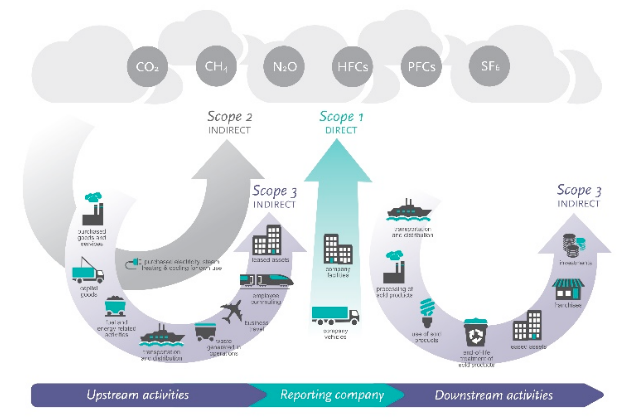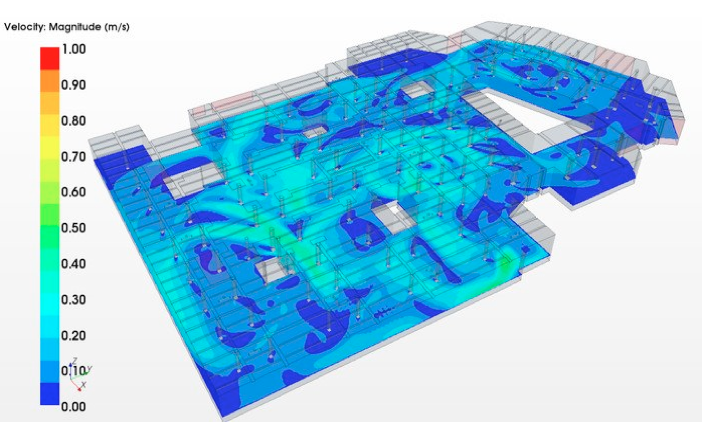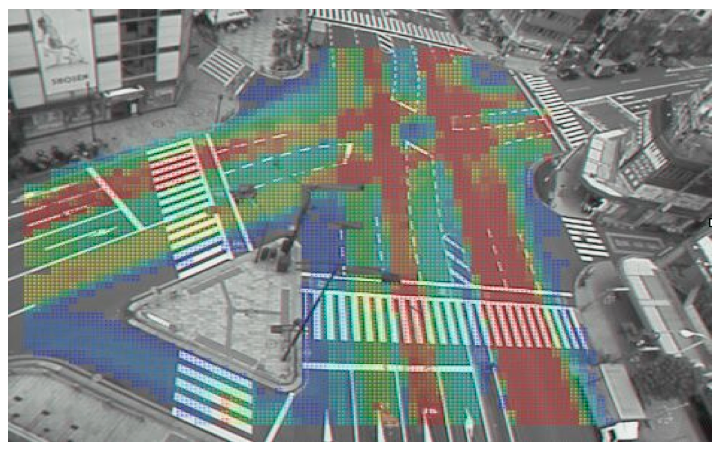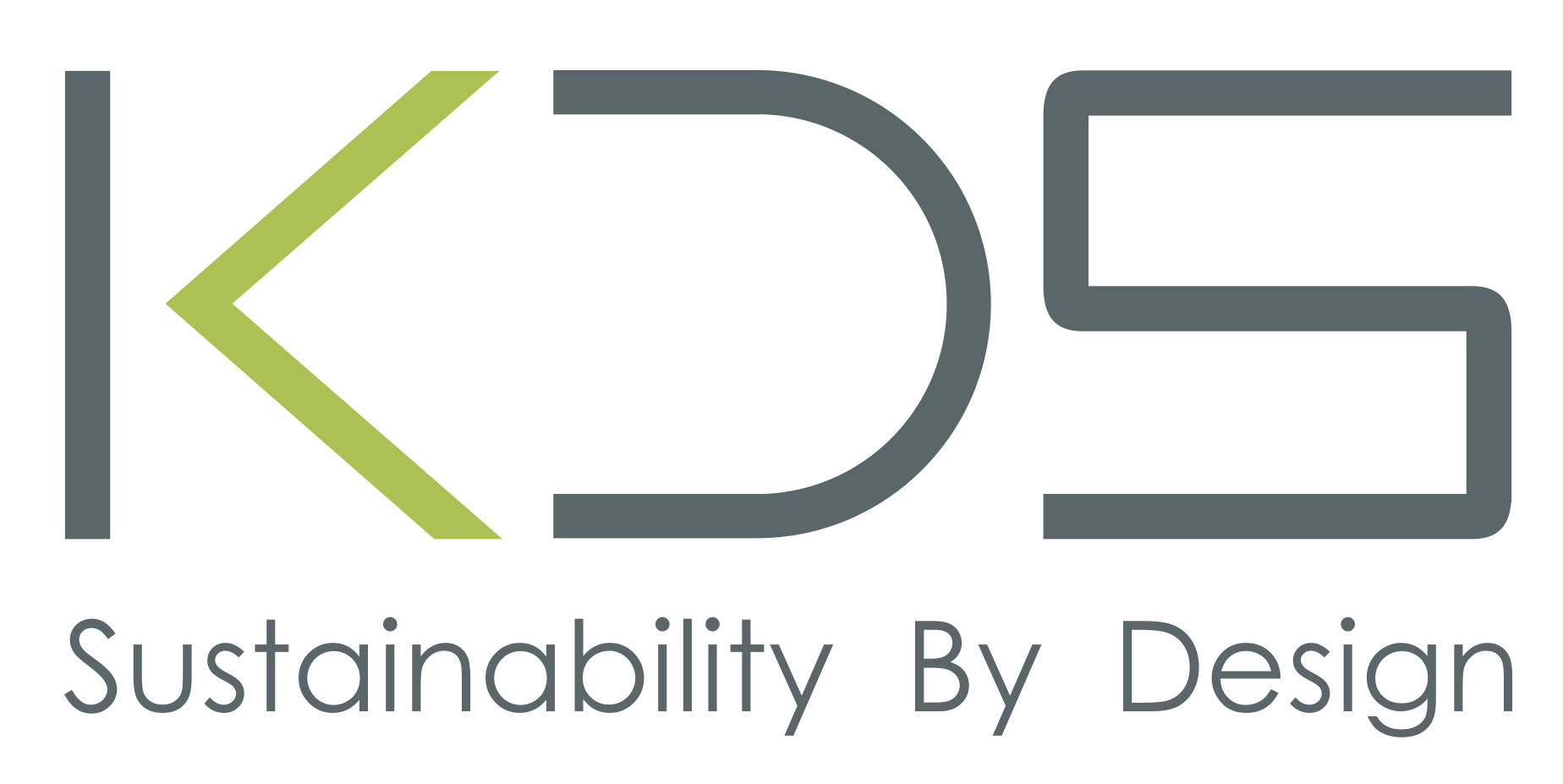
Practice
Green Certifications
IGBC, LEED & GRIHA Certifications
Net Zero Energy & Carbon Footprint Analysis
Green Pro & Green Co Certifications
Climate Impact Studies
Green House Gas Inventory & Reduction
ESG & Sustainability Reporting
Life Cycle Analysis & Ecolabelling
Environmental Impact Studies
Energy Performance Optimization
High Performance Building Design
Traffic Analysis Studies
Services we Offer
- Green Building Certification
- Design Assistance
- GHG Inventory
- Indoor Environmental Quality
- CDM & Carbon Management
- Energy Audits & Commissioning
- EC & HRC Services
- Traffic Impact Assessment
- Sustainability Reporting
- Awareness Programmes
- Life Cycle Analysis
- ESG Consulting
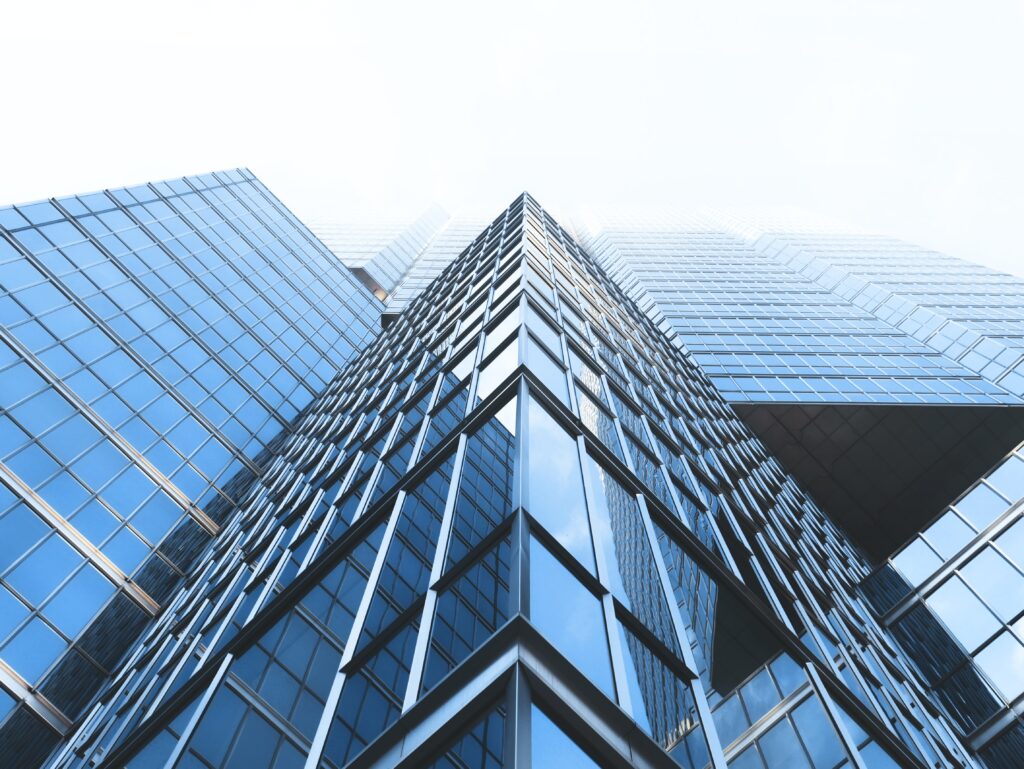
High Performance Building Design
- Solar Passive Analysis
- Microclimate & Wind Flow
- Energy Simulation
- Daylight Harvesting
- Façade Design
- Renewable Generation
- Solar Stress Control
- Natural Ventilation
- CFD Analysis
- System Optimisation
- Dynamic Thermal Studies
- Heat Island Effect
Environmental Requisites
ECBC Compliance
The purpose of the Energy Conservation Building Code is to provide minimum requirements for the energy-efficient design and construction of buildings. The Code also provides two additional sets of incremental requirements for buildings to achieve enhanced levels of energy efficiency that go beyond the minimum requirements.
The Code is applicable to buildings or building complexes that have a connected load of 100 kW or greater or a contract demand of 120 kVA or greater and are intended to be used for commercial purposes.
Heat Island Effect
An urban heat island is a climatic phenomenon in which urban areas have higher air temperature than their rural surroundings as a result of anthropogenic modifications of land surfaces, significant energy use and its consequent generation of waste heat. Thus, this might prove to be an unsustainable factor that leads to excessive energy use for cooling and putting the urban population at great risk for morbidity and mortality.
According to the above perspective and considering that rapid and huge population growth is expected in the near future, it becomes increasingly important to apply heat island mitigation strategies in order to reduce energy consumption and improve the quality of life.
Shadow Analysis
The effects of shading by one building upon another can be either positive or negative. A potential benefit of shading for adjacent structures may be reduction in heat gain. Negative consequences of shading include the loss of natural light for internal usage & applications.
Factors influencing the relative impact of shadow effects are site-specific and include differences in terrain elevation between involved properties, the height, the time of year, the duration of shading in a day, and the sensitivity of adjacent land uses to loss of sunlight.
Daylight & Ventilation
The orientation of the buildings can be such that maximum daylighting to all the spaces is achieved during most part of the day. While designing for daylight, care should be taken to control glare which causes discomfort. Strategies include building orientation towards the north, appropriately designed windows to ensure adequate daylighting, double height roof, etc.
Design the building envelope with adequate window openings to bring in fresh air into the building, thereby ensuring good indoor air quality. Taking in fresh air in air conditioned spaces may result in higher energy consumption; however suitable pre-cooling technologies of fresh air can be envisaged in design.
External Wind Analysis
The construction of a building inevitably changes the microclimate in its vicinity. Wind speed, wind direction, air flow are all examples of physical aspects that constitute the outdoor climate and that are changed by the presence of the building.
The change of these quantities depends on the shape, size and orientation of the building and on the interaction of the building with the surrounding buildings and other obstacles such as trees etc. These changes can be either favourable or unfavourable like increased wind speeds around the building leading to uncomfortable conditions for pedestrians.
Carbon Footprint
A ‘Carbon Footprint’ refers to the potential climate impact of the greenhouse gases (GHG) that are emitted directly or indirectly due to construction activities. To calculate a Carbon Footprint involves the preparation of a GHG inventory, typically an estimation of building’s annual emission of GHG expressed in terms of tCO₂e.
Typically, it is presented in three stages. First, the construction phase emissions of the project are assessed. Second, the operation phase carbon consumption is presented taking into account different type of energy consuming sources. Third, carbon sequestration through vegetation and renewable energy is considered.
Basement Air Cleaning
The motor vehicle exhaust emission contains a variety of potentially harmful substances including carbon monoxide, oxides of nitrogen, sulphur dioxide, hydrocarbons, and fine particulates (including lead) which are discharged into the atmosphere. Under poor ventilation conditions, the level of these contaminants will rise, posing hazards to human health.
A mechanical basement ventilation system only helps to circulate the air from enclosed parking spaces to outer areas. Basement air cleaning system on the other hand treats the vehicular emissions which helps to improve the basement air quality.
Traffic Analysis
With the rise in the number of private vehicles over the number of years in Indian Cities, it has become essential to understand the impact of any new development on its surroundings. Traffic Impact Analysis is the process of understanding the effect of the proposed project traffic on the existing surrounding and roads.
This study is helpful in suggesting possibilities for linking the proposed project traffic to external roads with minimum interruption. The term ‘Traffic Management’ represents the process of adjusting or adapting the use of an existing road system to meet specified objectives without resorting to substantial new road construction.
